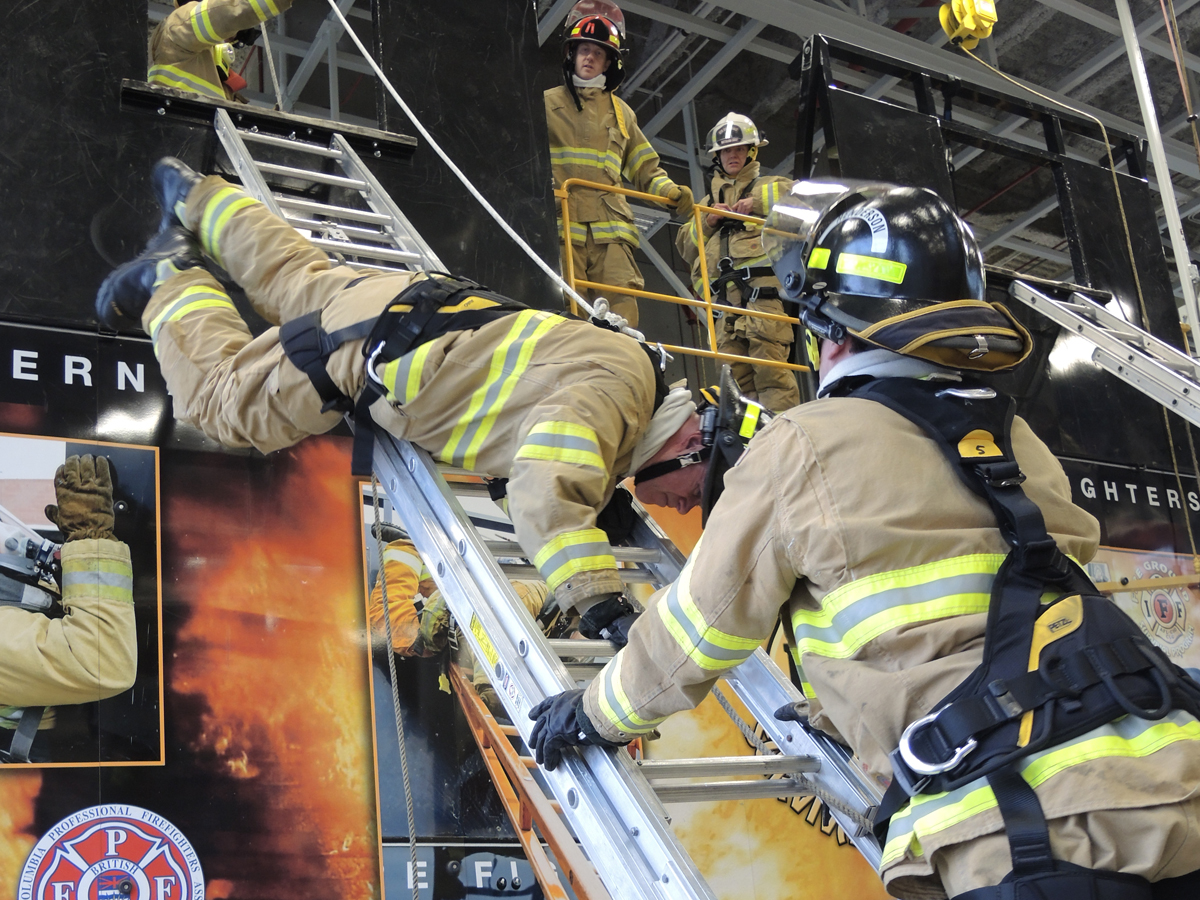A solid fire safety plan combines systems and trained responders. Automatic fire suppression technologies and fire brigade training form the foundation for effective fire management.
Sprinklers act as an automated defense, fire brigade teams manage the aftermath. Together, this combination ensures maximum protection.
The Basics of Sprinkler Systems
Sprinkler systems respond swiftly to fire outbreaks. Engaged during fire detection, they disperse water to the fire zone.

Key advantages to rely on sprinklers for fire safety include:
- Immediate action: Minimizes damage.
- Hands-free response: Provides constant readiness.
- Targeted water release: Prevents unnecessary damage.
Why Fire Brigade Training is Crucial
Emergency response training educates groups to handle fire-related situations. Despite having automated suppression technology, fire brigade efforts are invaluable.

Fire brigade training programs teach the following areas:
- Fire prevention awareness: Preventing incidents through awareness.
- Effective evacuation procedures: Reducing panic during emergencies.
- Hands-on firefighting skills: Practicing real-life scenarios.
chuveiro automatico ou sprinklers
How Sprinkler Systems and Fire Brigade Training Work Together
Automated systems paired with trained responders form a comprehensive fire safety approach. Automatic systems handle the initial suppression, trained teams step in for complex situations.

The synergy between these solutions enhances emergency response efforts for residential buildings, commercial spaces, and large-scale facilities.
Why Both Sprinklers and Training Are Essential
A comprehensive fire safety plan balances automated tools and human preparedness. Advanced fire suppression setups reduce fire spread instantly, while emergency drills ensures human readiness.
Build a safer future by acting today by organizing preparedness drills. Safety starts with preparation and technology!